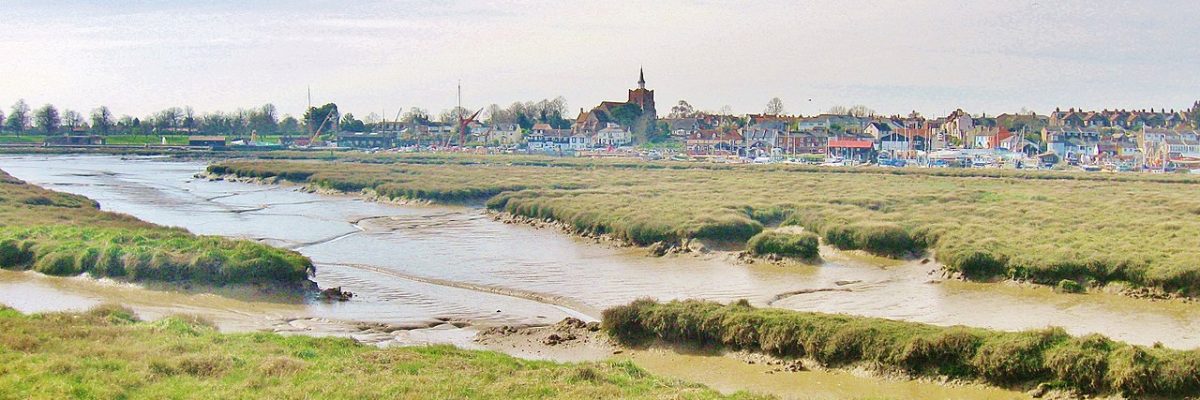Buckhurst Hill
Nestled on the edge of Epping Forest, the Essex town of Buckhurst Hill presents a beautiful example of suburban life shaped by ancient woodlands and modern transport. For those exploring the towns and villages of Essex, Buckhurst Hill provides a story of a settlement transformed by the railway and flourishing in the present day.
The town’s origins can be traced to 1135. Its name is thought to come from “Bucket Hill,” meaning a hill covered in beech trees. For centuries, it was a minor settlement within the expansive Epping Forest, a royal hunting ground. Life was rural, with only a few dwellings along the coaching route from London. The 19th century brought a dramatic shift. The arrival of the Eastern Counties Railway in 1856 was the single most important event in the town’s development. This new, swift connection to London spurred rapid growth, and by 1871, nearly six hundred new homes had been constructed around the station. This period of Victorian and Edwardian building left a distinct architectural character on the town, with many fine examples still standing.
Geographically, Buckhurst Hill is inseparable from Epping Forest. The ancient woodland envelops the town, with residential streets and green spaces often intersecting. This proximity to the forest is a defining feature, giving residents and visitors thousands of acres of ancient woodland to explore. The forest, a Special Area of Conservation, is a sanctuary for diverse flora and fauna. Its presence has shaped the town’s layout, preventing unchecked urban sprawl and maintaining a connection to the natural world.
Modern Buckhurst Hill is a prosperous and active town. With a population over 11,000, it has a strong community and a busy town centre. Queen’s Road has become a particular hub of activity, with a variety of independent boutiques, cafes, and restaurants. This has led to the area being featured in the television series “The Only Way is Essex,” bringing new attention to the town. Despite this touch of modern celebrity, Buckhurst Hill maintains a village-like atmosphere, with a well-supported local high street and numerous community groups and events.
The town is also connected to a number of notable individuals. Prominent Labour politicians Richard Crossman and Jack Straw were born there, and Dire Straits musician Mark Knopfler lived in the town during his early career. Actor Daniel Mays and television personality Mark Wright also have ties to Buckhurst Hill.
Buckhurst Hill’s journey from a small forest hamlet to a desirable London commuter town is a direct result of its historical development. It is a town that combines its past with modern living, a close-knit community with excellent transport links, and urban amenities with the wild beauty of Epping Forest at its doorstep.

Nearby
Its immediate neighbours, with which it is most closely associated, are:
Loughton: Located directly to the north, Loughton is a larger town and a major neighbour. The two towns are contiguous, separated only by a road in some areas.
Chigwell: To the southeast, Chigwell is another significant neighbour. Together, Buckhurst Hill, Loughton, and Chigwell are often referred to as the “Essex Golden Triangle” due to the affluence of the area.
Woodford: To the south, Buckhurst Hill borders the Woodford area, which is part of the London Borough of Redbridge. This includes localities like Woodford Green and Woodford Bridge.
Other nearby towns and villages in the surrounding area include:
Chingford: To the west, in the London Borough of Waltham Forest.
Theydon Bois: A little further north of Loughton, this is a smaller, more rural village.
Abridge: A village located to the east, situated on the River Roding.
Epping: A larger market town further to the north, which gives its name to the Epping Forest district.
The town is also served by two London Underground stations on the Central Line, Buckhurst Hill Station and Roding Valley Station, which highlights its close proximity and transport links to these neighbouring areas and into central London.
